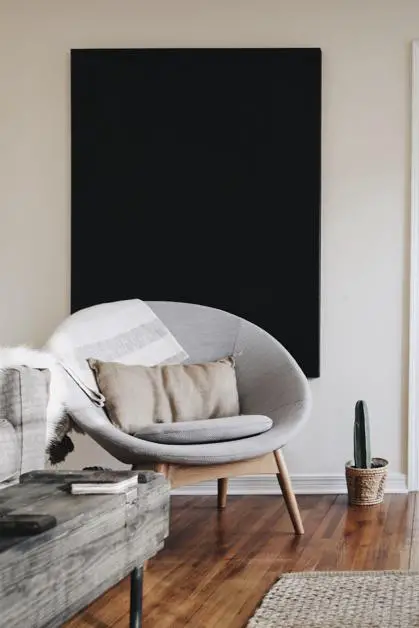At first glance, solar cooling looks like an oxymoron. However, the same energy that can provide heat in the wintertime can also provide cooling during the summer.
Several passive cooling systems have been developed and tested. At their simplest, they rely on a coolant that absorbs and dissipates heat from the house. This could be a pool of water on the rooftop which absorbs seat from the inside of the house as it evaporates on exposure to the sun.
More sophisticated passive solar cooling systems have a solar collector which is shaded during the daytime. A storage medium collects heat during the day and dissipates it at night by exposing the solar collector to the cool night air.
Since the solar collector must be shaded, a retractable awning or overhang extension can be installed. Since the system can be reversed in the winter months, it is important that the solar collector can be exposed to sunshine if needed.
Solar panels can also be used to operate traditional air conditioners. As it happens, the periods of intense heat correspond to the periods of peak electricity production from photovoltaic cells. As long as you have solar panels which generate sufficient to electricity, you can operate air conditioners at no cost.
Solar cooling that does not take advantage of high technology is another possibility. The Romans used a system of running water to cool down exterior walls of their houses. The heat of the sun causes the water to evaporate and dissipate the heat within the house. This kind of system can be used on walls or on rooftops.
Heating and cooling are two of the biggest expenses for most households. Using solar energy to reduce this expense makes sense financially as well as ecologically. The less dependent we are on fossil fuels for heating and cooling the cleaner the environment will be.
ZZZZZZ


